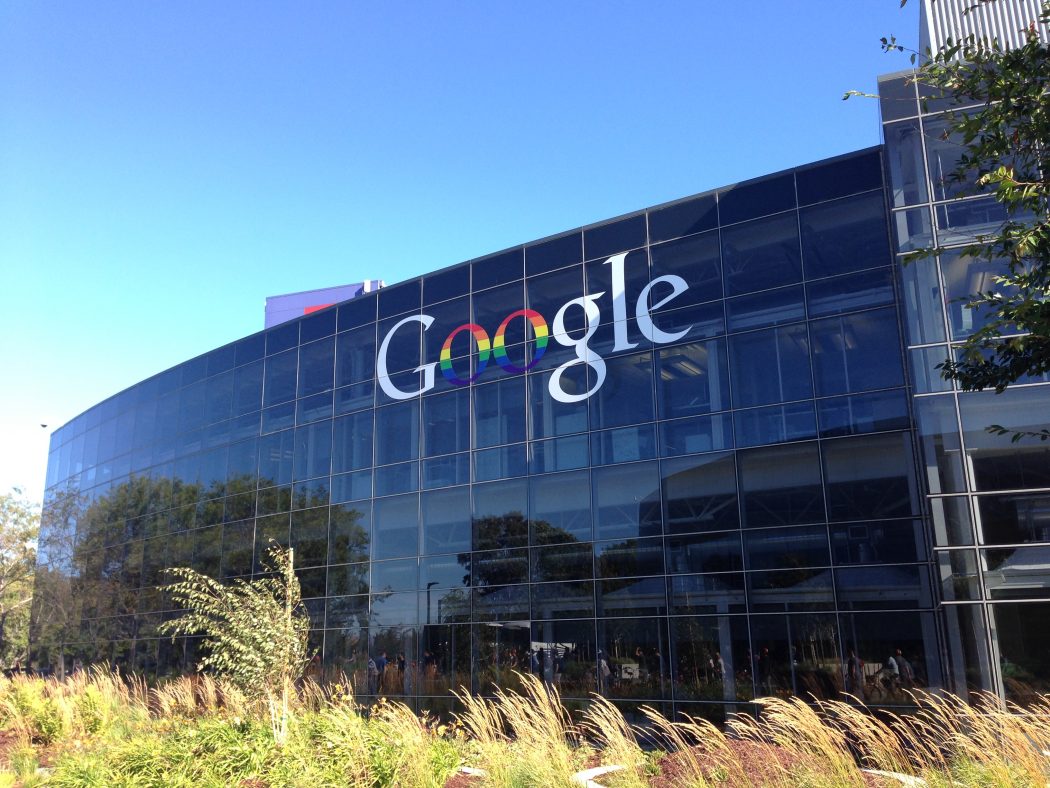Last June was Pride Month, an important month of celebration for the members of the LGBTQ+ community. Several pride-related events around the world are held every year in June, primarily to commemorate the Stonewall riots – an event which launched an international gay rights movement. For many, it’s a chance to feel proud, show courage, celebrate a cause, or simply support others.
However, in more recent years, Pride Month’s increasing popularity and recognition amongst global LGBTQ+ populations has become the target of countless corporate branding schemes. In response, vastly popular internet quips have been quick to criticize the revenue-related motives behind a swiftly increasing trend in companies that openly support the LGBTQ+ community during Pride Month. The supposed exploitation of the affair by the corporate world has become more and more apparent over the years; companies are known for sporting the iconic rainbow flag during Pride Month, only to return to their regular branding schemes for the other eleven months of the year.
Organizations may sometimes lose the importance of the message that is being sent during Pride Month amongst the whirlpool of incoming cash flows.
Pride Month plays a crucial role in voicing the expressions of those who feel unheard around the world. The celebrations in major cities have become tremendously popular, with close to five million people attending the 2019 events in New York City alone. However, in the corporate world, it can simply be another opportunity to boost revenue. While attempting to appeal to a more diverse community through pride-oriented marketing and promotions is undoubtedly a clever business plan, organizations may sometimes lose the importance of the message that is being sent during Pride Month amongst the whirlpool of incoming cash flows.
There is no denying that effective marketing during Pride Month can be a fruitful business opportunity. In fact, it is estimated that the annual purchasing value of the LGBTQ+ community is approximately $917 billion in the United States. This is quite a significant market for corporations to tap into, and this trend has been upcoming in the corporate world for several years now. In an article previously written for the Bull & Bear, it was found that corporate decisions to pick a side do more than generate a positive image, as consumers are more frequently making purchase decisions based on company values. To keep up, companies simply have to adopt bolder standpoints on the social and political issues of today.
The annual purchasing value of the LGBTQ+ community is approximately $917 billion in the United States.
However, conveniently taking a stance on an issue as important as those surrounding Pride Month may send mixed signals about whether pride or profit is the primary motivator. The level of monetary sponsorship for gay pride events in New York and London has grown by around 250% since 2013, indicating a rather rushed and sudden targeting of the LGBTQ+ community. Whether these business power-plays were backed by truly meaningful intentions or not is unknown, and will likely remain that way.
The segmentation and targeting process is not a new one in the world of business and marketing – these practices are the ones that give a competitive edge to only the most successful firms. Despite this, the mistake that brands seem to make during Pride Month is a far-too-diluted implementation of the message they are trying to send. Plastering rainbows onto merchandise or redesigning a brandmark with a rainbow flag is not indicative of active support for the LGBTQ+ community. As one activist put it, “merely slapping a rainbow across your logo to avoid seeming tone-deaf no longer cuts it.”
Companies should work to connect their narratives of support and pride with true open action.
Inauthenticity, while never directly shown through any campaign, tends to be spotted easily, and is one sure way to lose customers. In an age where extreme scrutinization by the public must be factored into every move a corporation makes, greater care must be taken to match the levels of activism and advertisement being shown off. These prideful brands are the most at risk of negative perception from LGBTQ+ people who can see that the brands have “little interest in anything but moving product.” Companies should work to connect their narratives of support and pride with true open action – the pen simply cannot be brandished without the sword.








